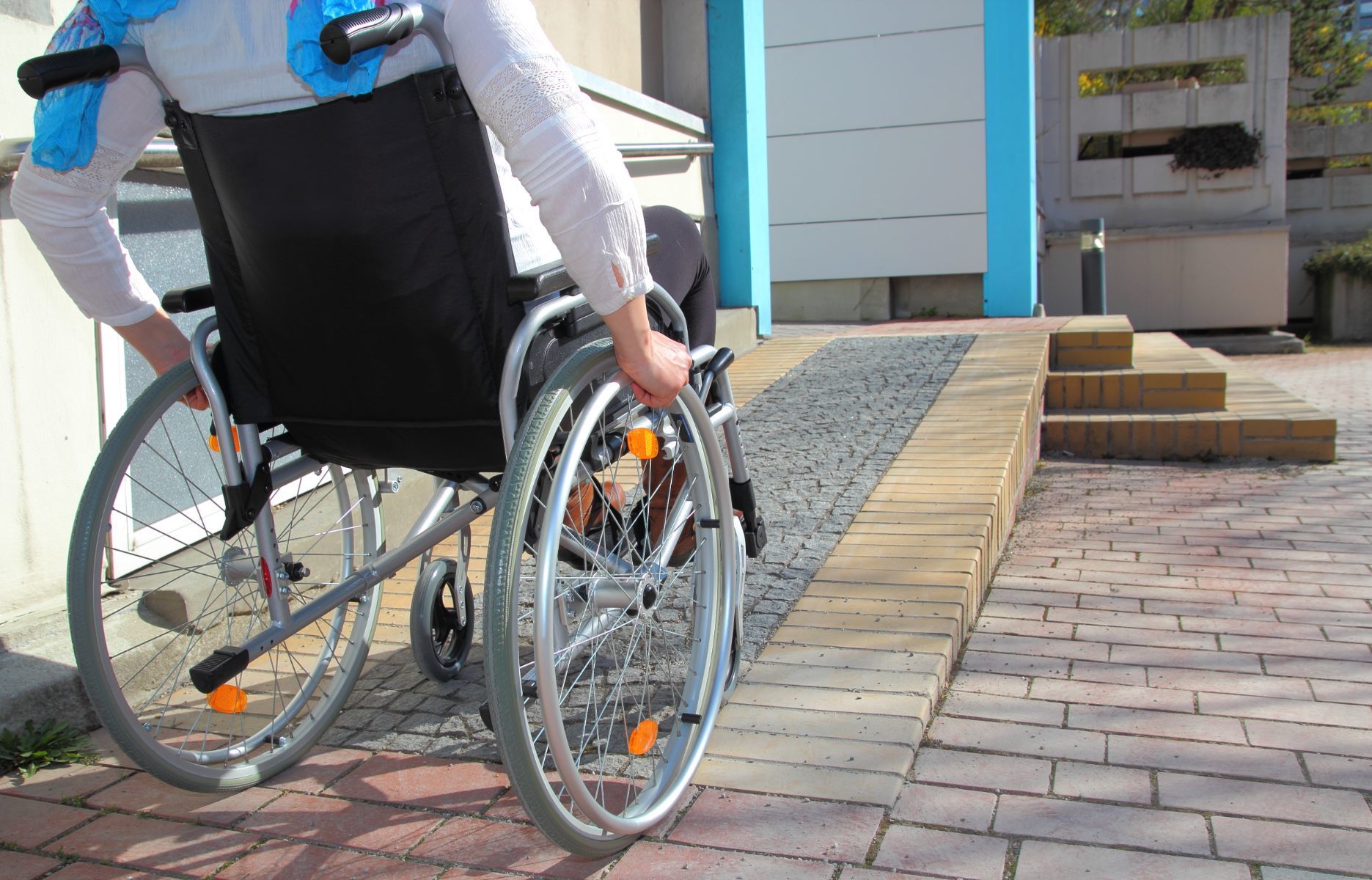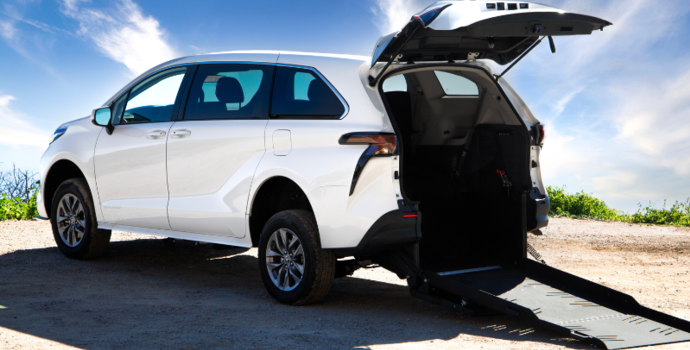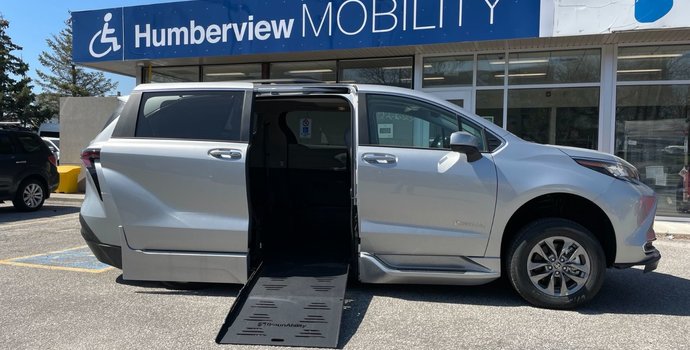Selecting the most suitable accessibility feature for your wheelchair van is a vital decision that can significantly impact the user's overall experience. The choice between a ramp and a lift largely depends on the user's needs and preferences, as well as any specific circumstances they may encounter.
Benefits and Downsides of Ramps
Ramps provide various advantages, such as ease of use for wheelchair users who can independently navigate the entry and exit of the vehicle. However, it is crucial to ensure that the ramp's gradient is gentle enough to allow the user or driver to push a manual wheelchair up and down without too much effort.
Benefits and Downsides of Lifts
Lifts, in contrast, offer an alternative solution that does not require any physical effort from the user or driver. This feature can be particularly beneficial for individuals who may lack the strength or stamina to push a manual wheelchair up a ramp. Lifts provide a convenient, effortless method of entering and exiting the vehicle, allowing the user to focus on other tasks at hand. However, an important consideration when choosing a lift is its impact on ambulatory passengers. Depending on the lift's design and location, it may obstruct the rear or side entrance of the vehicle, making entry and exit more challenging for those who do not use wheelchairs.
The decision to install a ramp or a lift in your wheelchair van ultimately depends on the unique needs and preferences of the user and any additional passengers. Careful consideration should be given to factors such as the user's physical abilities, the accessibility needs of other passengers, and any space limitations within the vehicle. By thoroughly evaluating these aspects, you can make an informed choice that will significantly enhance the mobility and independence of the wheelchair user, while also ensuring the comfort and convenience of all passengers on board.






